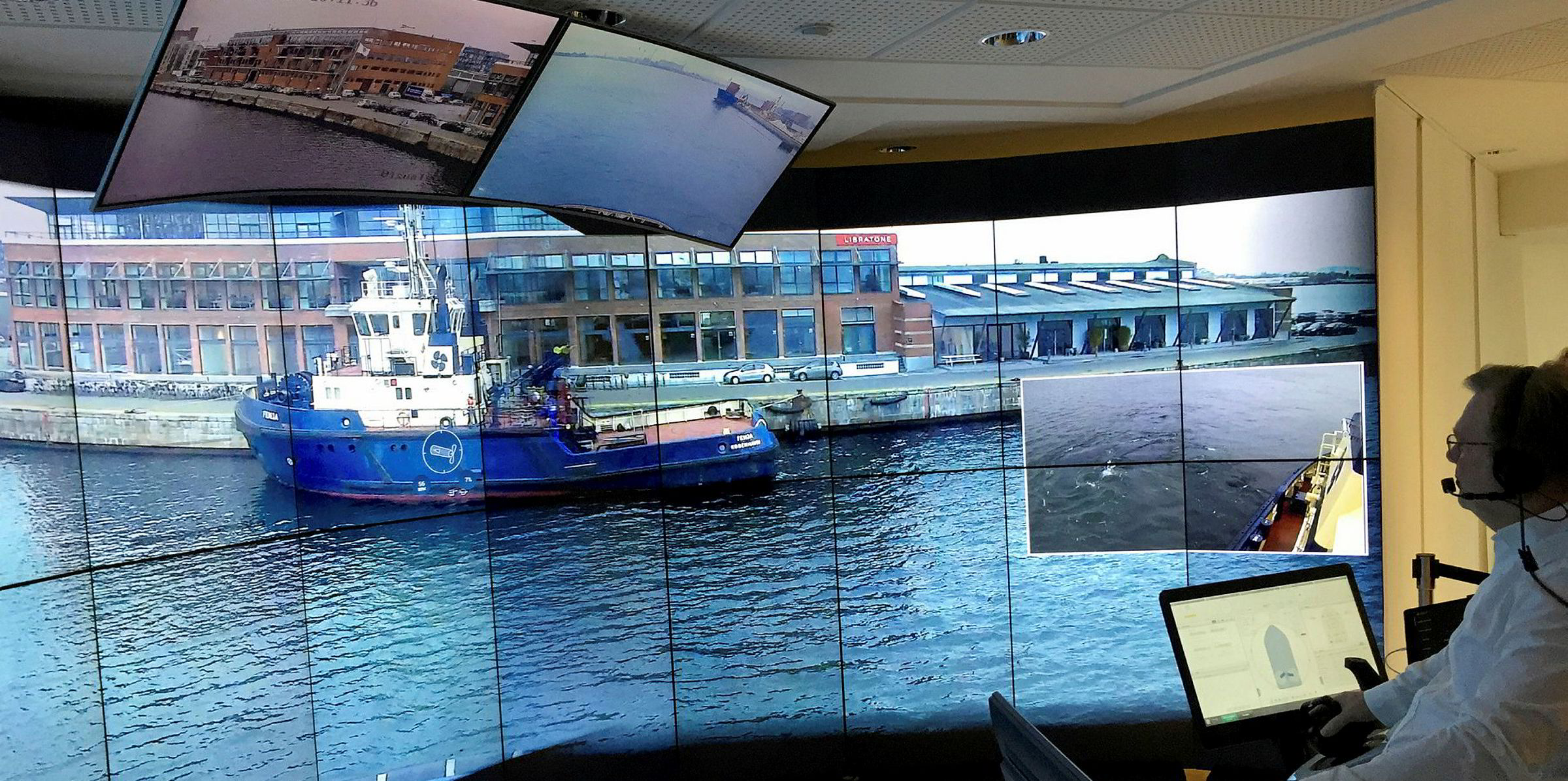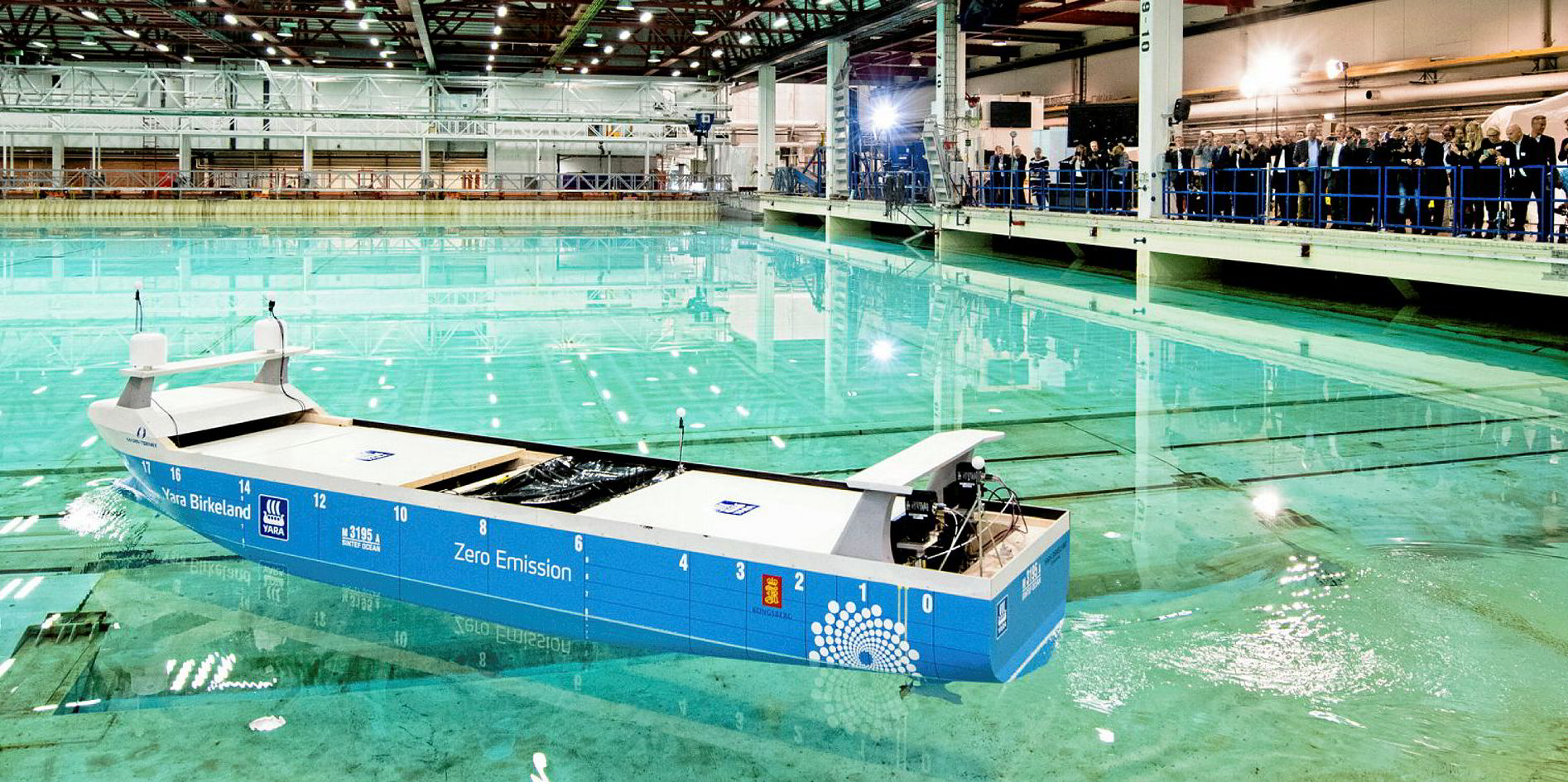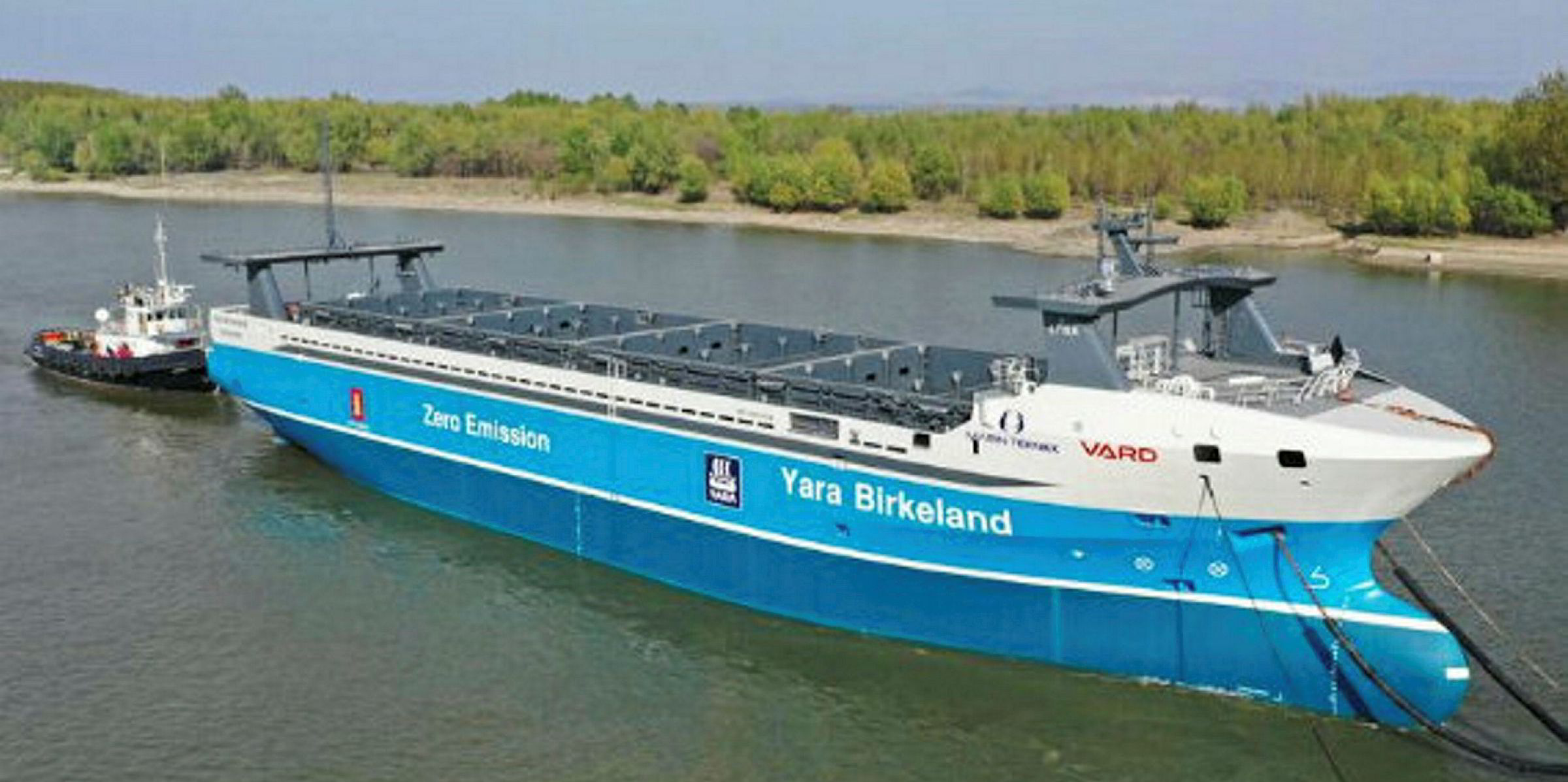Autonomy is not a goal in itself, but a means to other important goals such as increased safety and reduced emissions. It must also be commercially viable.
Not everyone is convinced about the idea of autonomous ships, even if the technology probably already exists to make it happen with a number of successful tests already held.
Columbia Shipmanagement chief executive Mark O’Neil said in a Capital Link discussion on digitalisation: “The question is how much autonomy do we actually need? So much of this is the tail wagging the dog.”
An-Magritt Ryste, product director of next-generation shipping at Kongsberg Maritime, declared: “Autonomy is not a goal in itself.”

Rather, she said it is a way of achieving more immediate goals of cutting emissions and improving safety.
Eero Lehtovaara, head of regulatory affairs at ABB Marine & Ports, goes further, saying its discussions with shipowners are not about autonomous operations or cutting crew but about issues such as how technologies can be used to prioritise radar alerts or save fuel.
However, O’Neil seems more sceptical.
“Is an autonomous vessel cheaper?" he asked. "No. It will not be cheaper to construct, and the same amount of crew will be onshore as were onboard. Is it safer? No. I’d much rather have my engineers on the vessel to deal with any safety issues that arise than onshore. Is it more efficient? Probably not.”
Lehtovaara responded: “I’m failing to see who would want it now. If you want to make the leap from today’s ship to a fully autonomous ship, then the cost would be sky high.”
But he added that because most modern ships have a high degree of automation, it would “not be a humongous leap in cost”, where a lot of the technology already on board could be used.
“I agree that we have not been able to quantify on a general level the business case,” said Paivi Haikkola, lead director of One Sea, a company alliance aiming to make commercial autonomous maritime applications happen by 2025.
ABB and Kongsberg are One Sea members leading the way in vessel autonomy. The alliance also includes Wartsila, Inmarsat and Napa, plus representatives from the ship and port spheres in NYK Group, Cargotec and Finnpilot Pilotage.
To answer questions about commercial viability, One Sea has ordered a study from a naval architecture company to investigate business cases for major ship types in various operational profiles.
Haikkola hopes to get a “sneak peek” at the results by the end of this year or in early 2021.
But she is convinced there can be a definite business case for many vessels even with the same number of crew.
“Operational cost savings will come from lower power consumption as machine-controlled crossings are more efficient,” she said.

But to get to full autonomy, Lehtovaara stressed that the shipping industry must “start seeing the ship as a system”, from regulation through to design, construction and operation.
He cited the Bridge Zero concept as an early step in allowing crew to leave the bridge while the ship is in the middle of an ocean, enabling all of the monitoring to be done by machines.
“It means the bridge becomes a mission-critical component and has to be tested as a system," he said. "We are not there yet.”
He added it is critical that there is proper integration between humans and machines to avoid the kind of accidents that happened when automatic radar plotting aids were first introduced.
“That means the human in the loop is one key factor," Lehtovaara said. "If we are to achieve what we need to achieve, we need to get the best capabilities of people together with the best capabilities of machines.”

Seafarers will need to be trained to learn new skills as ships change, but it would be a mistake to think autonomous vessels will be like today’s ships but with automated systems added.
“I would not like to drive my 1977 Ford Fiesta with an autonomous system on the road, because that car is inherently not safe,” Inmarsat head of maritime digital Marco Cristoforo Camporeale said.
Modern cars are safer and more efficient, with fewer moving parts — simpler hardware, if not software.
All agree that small cargo ferries operating short passages in safe waters are likely to be the first ships to be unmanned.
“These are like elevators — just horizontal," Lehtovaara said. "Who has seen an elevator that has been manned by an operator for a long time?”
Alternative fuels and emission targets will probably be bigger drivers for change than autonomy over the next few years. But ships will need to be more automated, more connected and more electric in both scenarios.
“For the next 30 years, the majority of ships ploughing the seas will be manned to a certain degree, even though we might have some autonomous and fully automatic road ferries,” Lehtovaara said.
“I don’t think it’s possible for us to jump from the stone age, and directly go to the moon.”






